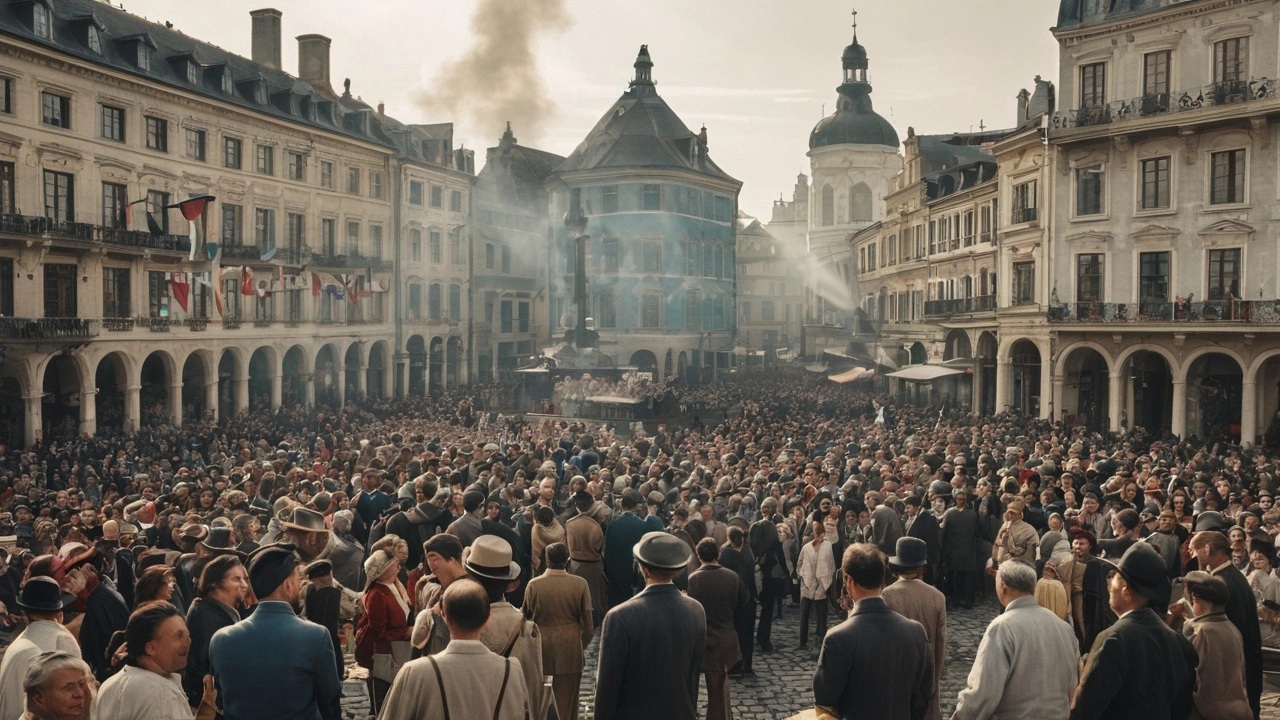Societal Impact: How Art & Architecture Shape Everyday Life
Buildings and artworks aren’t neutral backdrops — they push behavior, signal status, and store memory. Walk down a street lined with Georgian row houses or stand beneath a Beaux-Arts courthouse and you’re sensing rules, power, and taste that grew over decades. This page collects pieces that show how design influences communities, from ancient Roman aqueducts to modern revival trends.
How architecture shapes communities
Architecture sets how people meet, move, and feel. Public squares, coliseums, and transit hubs decide whether strangers mingle or stay apart. For example, Roman engineering didn’t just supply water — aqueducts supported denser cities and public baths that made civic life possible. Georgian and Greek Revival layouts shaped whole neighborhoods, guiding street grids and social routines. On a smaller scale, Colonial and Craftsman homes influence family life by fixing ideas about privacy, porches, and shared rooms.
Design also marks power. Palaces, churches, and monumental facades celebrate wealth and authority. Baroque drama and Renaissance symmetry often broadcast the ambitions of rulers or patrons. That matters today when preservation choices decide which stories a city keeps visible and which get hidden.
Spotting societal impact in art and design
Want to see social influence while you travel or explore your neighborhood? Ask three quick questions: Who built this and why? Who uses it now? What stories does it tell about identity or memory? Look for reused styles like Gothic Revival or Renaissance Revival — they often signal a community reconnecting with a past identity. Revivalism pieces on this site show how reviving old forms can shape modern politics, culture, and local pride.
Materials and access matter. Narrow, gated streets limit movement. Wide promenades invite gatherings. Preservation articles, like those about Beaux-Arts conservation, reveal trade-offs: saving a landmark can boost tourism but also raise rents and shift who can stay in a neighborhood.
Art movements influence social emotions too. Expressionist buildings aim to stir feeling, while minimalism in tech and design strips distractions to shape focus and habits. Functionalism in sociology explains how parts of society work together — and architecture often acts as one of those parts, aligning schools, transit, and homes into a functioning whole.
If you care about community outcomes, use these practical steps: map who benefits from a building, note which styles keep returning, and ask whether preservation or redevelopment improves daily life for residents. Read posts linked here — from Byzantine domes to modern postmodern facades — to see concrete examples and practical tips for spotting impact.
This tag brings together history, design, and social ideas so you can understand not just how places look, but how they shape how we live, meet, and remember. Explore the articles and pick one neighborhood to study — you’ll start seeing the societal forces hidden in plain sight.

Unleashing the Power and Potential of Revivalism for Cultural Growth
Revivalism represents an impactful phenomenon in history that has stirred cultural, social, and even political landscapes. This article explores the essence of revivalism, its impressive power, and potential in shaping societies. From past movements to their contemporary relevance, discover how revivals rekindle spirits and inspire change in today's world.
Read more